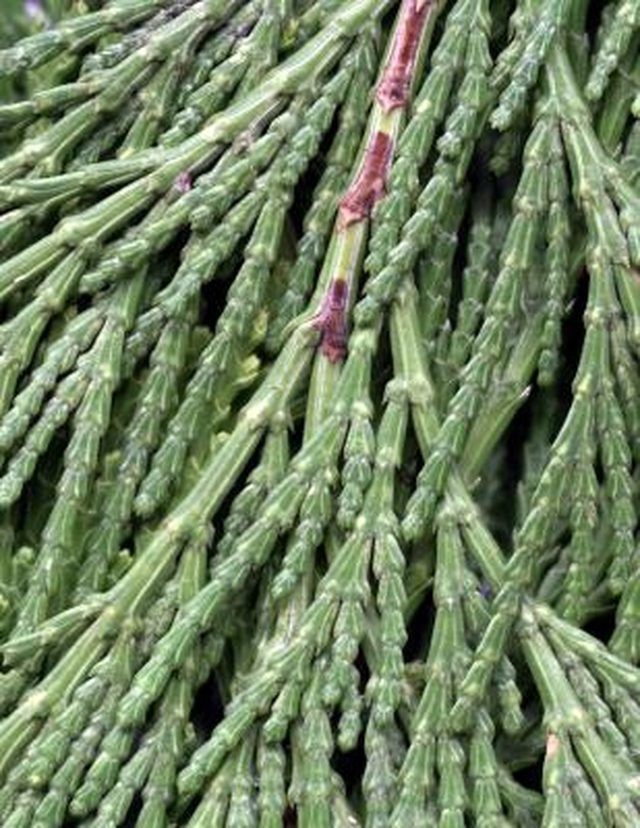Bulbs
Flower Basics
Flower Beds & Specialty Gardens
Flower Garden
Garden Furniture
Garden Gnomes
Garden Seeds
Garden Sheds
Garden Statues
Garden Tools & Supplies
Gardening Basics
Green & Organic
Groundcovers & Vines
Growing Annuals
Growing Basil
Growing Beans
Growing Berries
Growing Blueberries
Growing Cactus
Growing Corn
Growing Cotton
Growing Edibles
Growing Flowers
Growing Garlic
Growing Grapes
Growing Grass
Growing Herbs
Growing Jasmine
Growing Mint
Growing Mushrooms
Orchids
Growing Peanuts
Growing Perennials
Growing Plants
Growing Rosemary
Growing Roses
Growing Strawberries
Growing Sunflowers
Growing Thyme
Growing Tomatoes
Growing Tulips
Growing Vegetables
Herb Basics
Herb Garden
Indoor Growing
Landscaping Basics
Landscaping Patios
Landscaping Plants
Landscaping Shrubs
Landscaping Trees
Landscaping Walks & Pathways
Lawn Basics
Lawn Maintenance
Lawn Mowers
Lawn Ornaments
Lawn Planting
Lawn Tools
Outdoor Growing
Overall Landscape Planning
Pests, Weeds & Problems
Plant Basics
Rock Garden
Rose Garden
Shrubs
Soil
Specialty Gardens
Trees
Vegetable Garden
Yard Maintenance
Life Cycle of a Cedar Tree
Life Cycle of a Cedar Tree. Cedar trees are members of the genus Cedrus, which is part of the Pinaceae or pine family. There are four cedar species. The trees are dioecious, meaning that male and female flowers, which are actually cone-like structures, occur on the same tree. The lifecycle starts with these cones.

Cedar trees are members of the genus Cedrus, which is part of the Pinaceae or pine family. There are four cedar species. The trees are dioecious, meaning that male and female flowers, which are actually cone-like structures, occur on the same tree. The lifecycle starts with these cones.
Pollination
The lifecycle begins in the when male catkin, or cone-like flowers, shed quantities of pollen. Air currents carry the pollen to female cones, where fertilization takes place. The seeds within the cones mature in 17 or 18 months, at which time the seeds are dispersed.
Growth
Seedlings quickly germinate. The growth rate depends on the species, location and climate, but at least one species, Cedrus deodora or Himalayan cedar, grows about 3 feet per year when young.
Maturity
Plants are mature when they begin bearing male and female cones, which can take 5 years or more. The growth rate slows as the trees age, but cedars can grow 40 to 70 feet tall after 30 or 40 years and eventually reach more than 100 feet tall.
Lifespan
Lifespan in cedars depends on location, environmental stress and a host of other factors. In Lebanon, there are reportedly ancient specimens the cedar of Lebanon (Cedrus libani) estimated to be 2,000 years old.